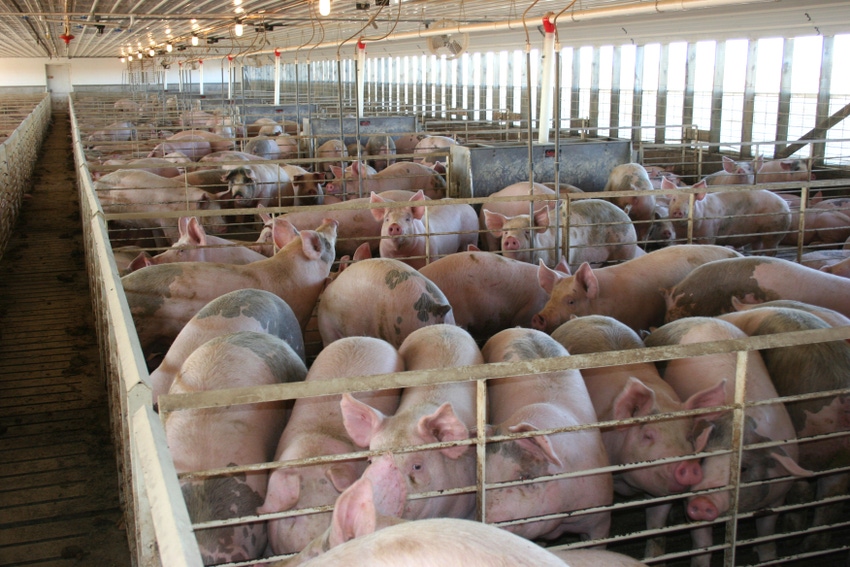March 25, 2019

In a basic survey of more than a thousand pork kidney samples, almost no veterinary drug residues were found and none at levels that even approached U.S. regulatory limits, according to a study published by an Agricultural Research Service scientist in Food Additives & Contaminants: Part A.
These findings signal that U.S. pork producers are using veterinary compounds properly, and indicate that veterinary drug residues in pork are not posing a health concern to U.S. consumers, according to ARS research chemist Weilin Shelver. Shelver is with the ARS Animal Metabolism-Agricultural Chemicals Research Unit in Fargo, N.D.
The process
A total of 1,040 pork kidneys were purchased from four grocery stores in the Midwest and tested for residues of five commonly used veterinary drugs and feed additives:
Flunixin
Penicillin G
Ractopamine
Sulfamethazine
Tetracycline
Pork kidneys are commonly used as an indicator meat as they are readily accessible and tend to concentrate drug residues compared to more commonly consumed muscle meats.
A 278-sample subset of the pork kidney samples was screened with a more specific type of test for residues of four veterinary drugs:
Flunixin, a non-steroidal anti-inflammatory agent;
Ractopamine, an agent that enhances leanness in meat; and
Sulfamethazine, an antibiotic;
Tetracycline, an antibiotic.
This testing used Enzyme-Linked Immunosorbent Assays, which at times are capable of measuring residues at far lower concentrations than those called for by regulatory tolerances.
The results
Six samples of the 1,040 tested, .58%, tested positive when screened for antibiotics, indicating these samples potentially contained antibiotic residues.
Regardless of the testing method, residue levels of all veterinary compounds were always well below U.S. regulatory tolerances. For example, of the samples assessed by the highly sensitive ELISA and other methods, only 4% were positive for minute amounts of sulfamethazine, 10% for trace quantities of tetracycline and 22% positive for detectable quantities of ractopamine.
Source: Agricultural Research Service, which is solely responsible for the information provided and is wholly owned by the source. Informa Business Media and all its subsidiaries are not responsible for any of the content contained in this information asset.
You May Also Like




